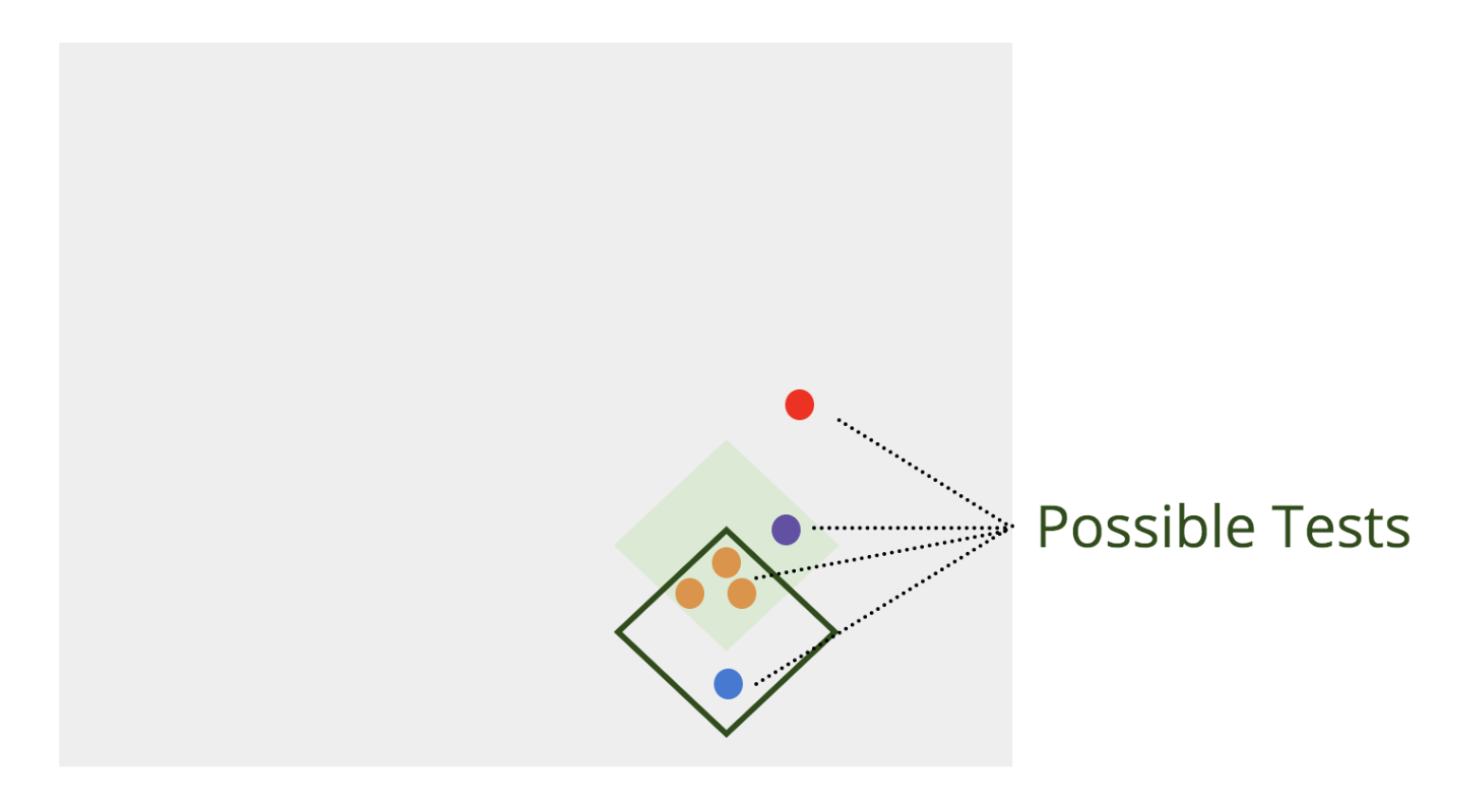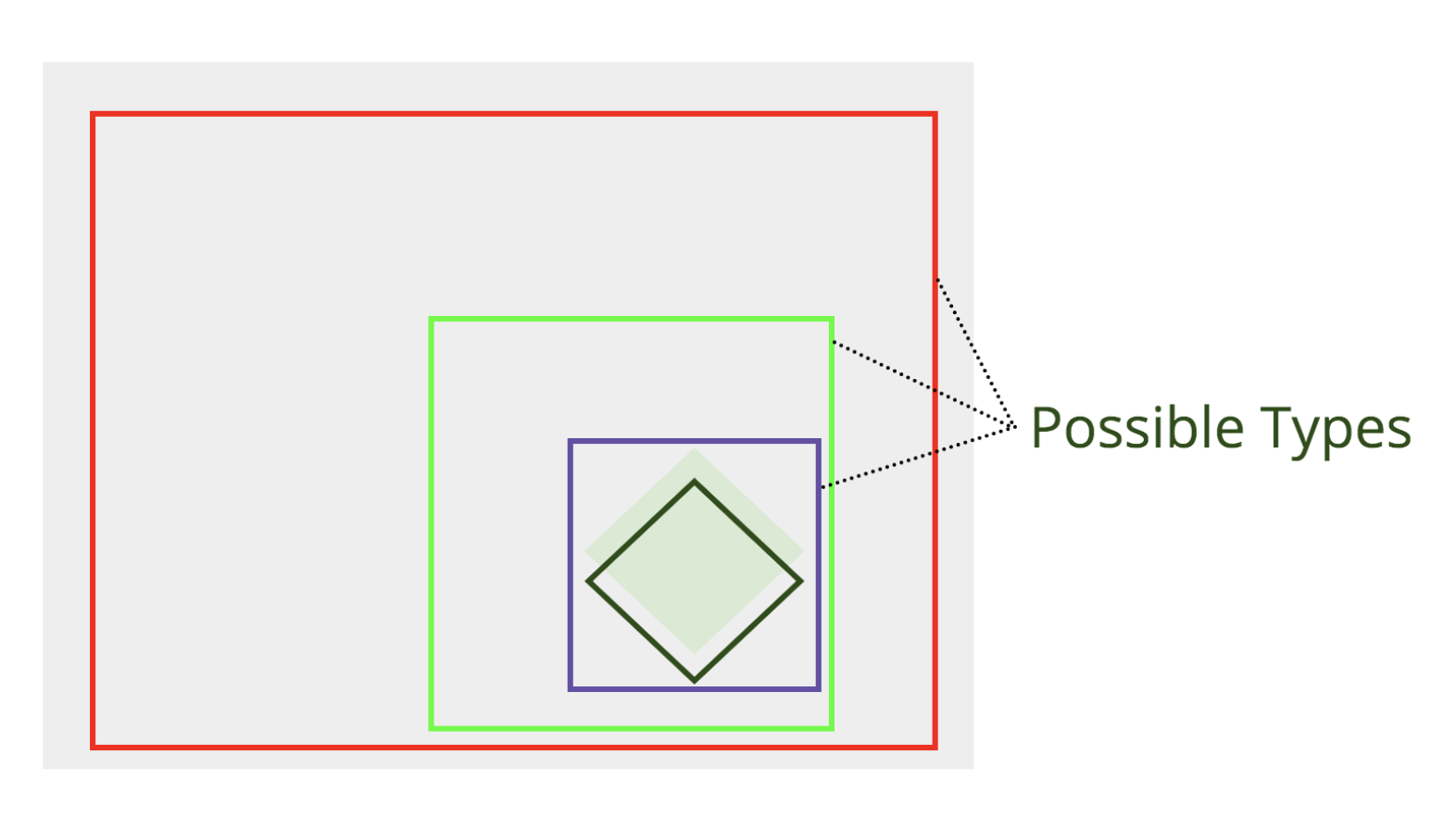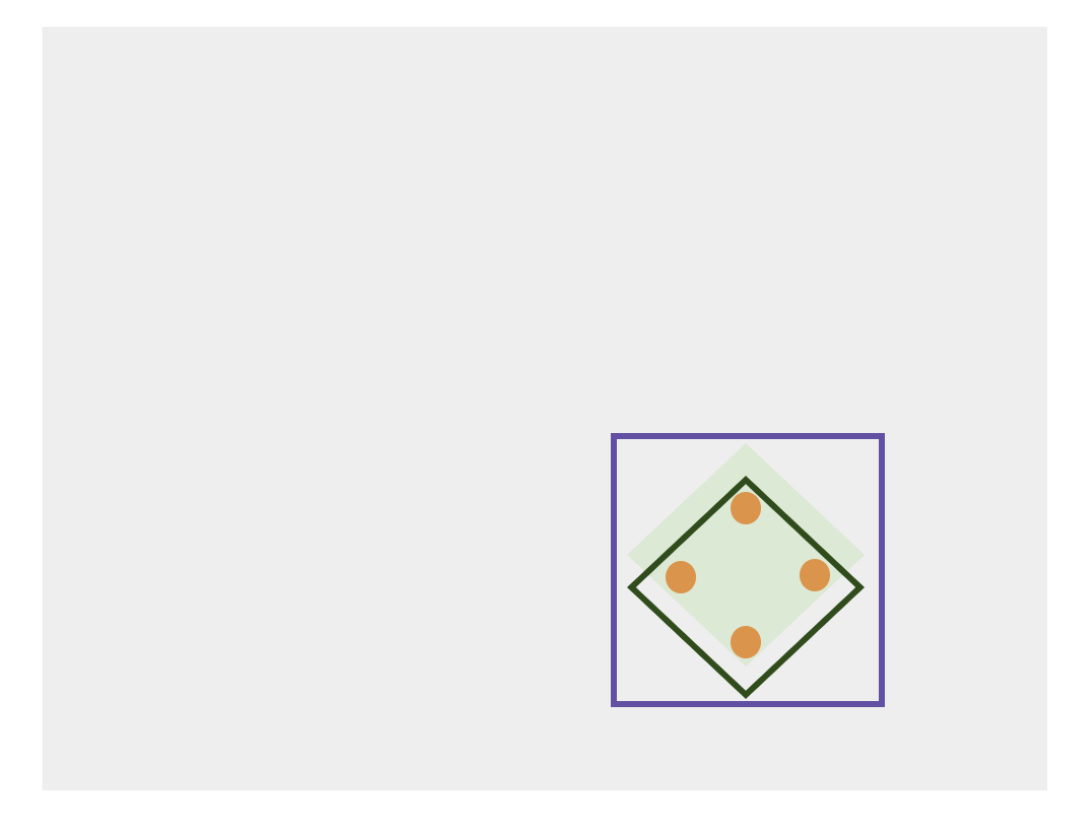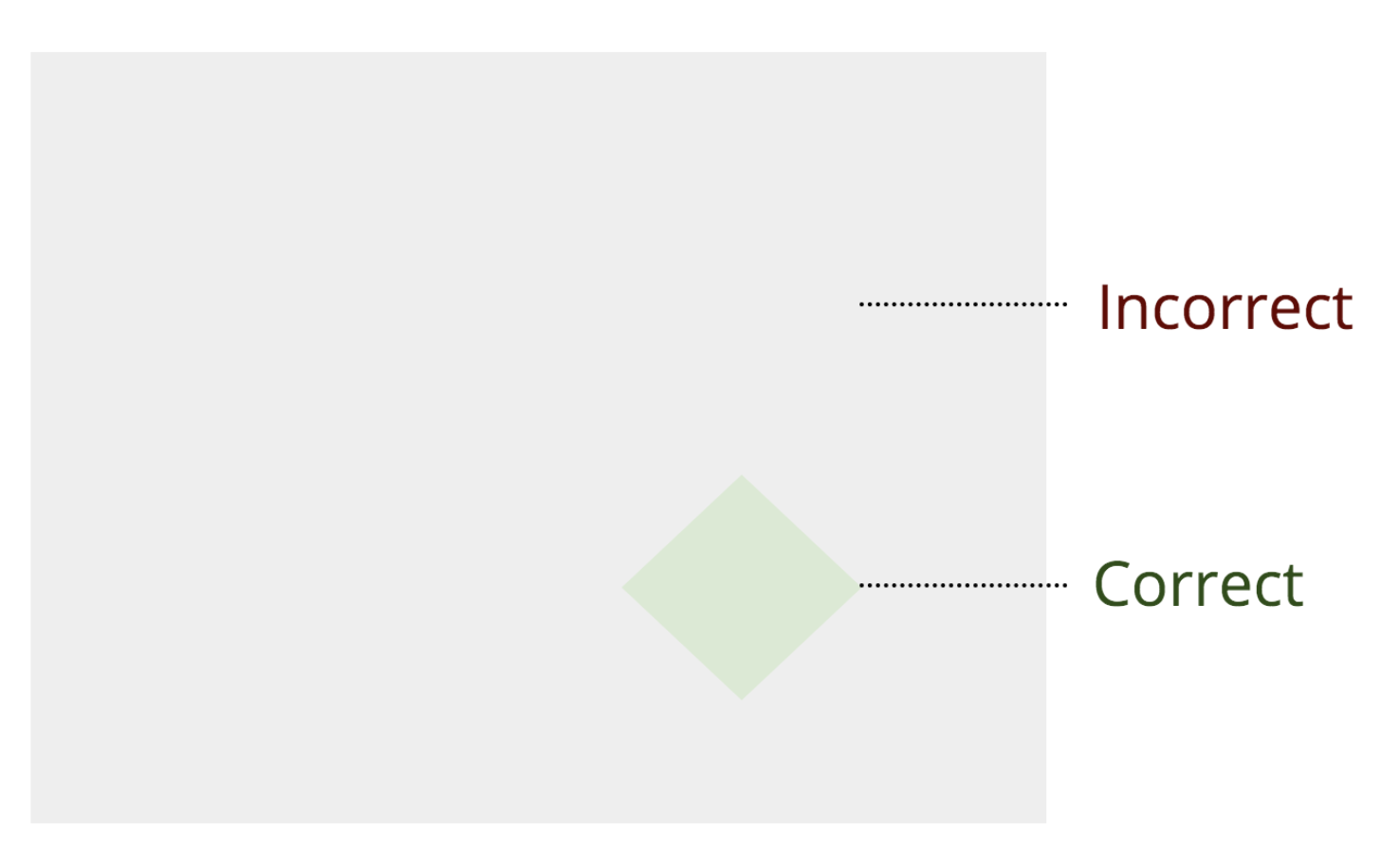Types or Tests: Why Not Both?
Every now and then, a debate flares up about the value of typed JavaScript. “Just write more tests!” yell some opponents. “Replace unit tests with types!” scream others. Both are right in some ways, and wrong in others. Twitter affords little room for nuance. But in the space of this article we can try to lay out a reasoned argument for how both can and should coexist.
Correctness: what we all really want
It’s best to start at the end. What we really want out of all this meta-engineering at the end is correctness. I don’t mean the strict theoretical computer science definition of it, but a more general adherence of program behavior to its specification: We have an idea of how our program ought to work in our heads, and the process of programming organizes bits and bytes to make that idea into reality. Because we aren’t always precise about what we want, and because we’d like to have confidence that our program didn’t break when we made a change, we write types and tests on top of the raw code we already have to write just to make things work in the first place.
So, if we accept that correctness is what we want, and types and tests are just automated ways to get there, it would be great to have a visual model of how types and tests help us achieve correctness, and therefore understand where they overlap and where they complement each other.
A visual model of program correctness
If we imagine the entire infinite Turing-complete possible space of everything programs can ever possibly do — inclusive of failures — as a vast gray expanse, then what we want our program to do, our specification, is a very, very, very small subset of that possible space (the green diamond below, exaggerated in size for sake of showing something):
Our job in programming is to wrangle our program as close to the specification as possible (knowing, of course, we are imperfect, and our spec is constantly in motion, e.g. due to human error, new features or under-specified behavior; so we never quite manage to achieve exact overlap):

Note, again, that the boundaries of our program’s behavior also include planned and unplanned errors for the purposes of our discussion here. Our meaning of “correctness” includes planned errors, but does not include unplanned errors.
Tests and Correctness
We write tests to ensure that our program fits our expectations, but have a number of choices of things to test:

The ideal tests are the orange dots in the diagram — they accurately test that our program does overlap the spec. In this visualization, we don’t really distinguish between types of tests, but you might imagine unit tests as really small dots, while integration/end-to-end tests are large dots. Either way, they are dots, because no one test fully describes every path through a program. (In fact, you can have 100% code coverage and still not test every path because of the combinatorial explosion!)
The blue dot in this diagram is a bad test. Sure, it tests that our program works, but it doesn’t actually pin it to the underlying spec (what we really want out of our program, at the end of the day). The moment we fix our program to align closer to spec, this test breaks, giving us a false positive.
The purple dot is a valuable test because it tests how we think our program should work and identifies an area where our program currently doesn’t. Leading with purple tests and fixing the program implementation accordingly is also known as Test-Driven Development.
The red test in this diagram is a rare test. Instead of normal (orange) tests that test “happy paths” (including planned error states), this is a test that expects and verifies that “unhappy paths” fail. If this test “passes” where it should “fail,” that is a huge early warning sign that something went wrong — but it is basically impossible to write enough tests to cover the vast expanse of possible unhappy paths that exist outside of the green spec area. People rarely find value testing that things that shouldn’t work don’t work, so they don’t do it; but it can still be a helpful early warning sign when things go wrong.
Types and Correctness
Where tests are single points on the possibility space of what our program can do, types represent categories carving entire sections from the total possible space. We can visualize them as rectangles:

We pick a rectangle to contrast the diamond representing the program, because no type system alone can fully describe our program behavior using types alone. (To pick a trivial example of this, an id that should always be a positive integer is a number type, but the number type also accepts fractions and negative numbers. There is no way to restrict a number type to a specific range, beyond a very simple union of number literals.)

Types serve as a constraint on where our program can go as you code. If our program starts to exceed the specified boundaries of your program’s types, our type-checker (like TypeScript or Flow) will simply refuse to let us compile our program. This is nice, because in a dynamic language like JavaScript, it is very easy to accidentally create a crashing program that certainly wasn’t something you intended. The simplest value add is automated null checking. If foo has no method called bar, then calling foo.bar() will cause the all-too-familiar undefined is not a function runtime exception. If foo were typed at all, this could have been caught by the type-checker while writing, with specific attribution to the problematic line of code (with autocomplete as a concomitant benefit). This is something tests simply cannot do.
We might want to write strict types for our program as though we are trying to write the smallest possible rectangle that still fits our spec. However, this has a learning curve, because taking full advantage of type systems involves learning a whole new syntax and grammar of operators and generic type logic needed to model the full dynamic range of JavaScript. Handbooks and Cheatsheets help lower this learning curve, and more investment is needed here.
Fortunately, this adoption/learning curve doesn’t have to stop us. Since type-checking is an opt-in process with Flow and configurable strictness with TypeScript (with the ability to selectively ignore troublesome lines of code), we have our pick from a spectrum of type safety. We can even model this, too:

Larger rectangles, like the big red one in the chart above, represent a very permissive adoption of a type system on your codebase — for example, allowing implicitAny and fully relying on type inference to merely restrict our program from the worst of our coding.
Moderate strictness (like the medium-size green rectangle) could represent a more faithful typing, but with plenty of escape hatches, like using explicit instances of any all over the codebase and manual type assertions. Still, the possible surface area of valid programs that don’t match our spec is massively reduced even with this light typing work.
Maximum strictness, like the purple rectangle, keeps things so tight to our spec that it sometimes finds parts of your program that don’t fit (and these are often unplanned errors in your program behavior). Finding bugs in an existing program like this is a very common story from teams converting vanilla JavaScript codebases. However, getting maximum type safety out of our type-checker likely involves taking advantage of generic types and special operators designed to refine and narrow the possible space of types for each variable and function.
Notice that we don’t technically have to write our program first before writing the types. After all, we just want our types to closely model our spec, so really we can write our types first and then backfill the implementation later. In theory, this would be Type-Driven Development; in practice, few people actually develop this way since types intimately permeate and interleave with our actual program code.
Putting them together
What we are eventually building up to is an intuitive visualization of how both types and tests complement each other in guaranteeing our program’s correctness.

Our Tests assert that our program specifically performs as intended in select key paths (although there are certain other variations of tests as discussed above, the vast majority of tests do this). In the language of the visualization we have developed, they “pin” the dark green diamond of our program to the light green diamond of our spec. Any movement away by our program breaks these tests, which makes them squawk. This is excellent! Tests are also infinitely flexible and configurable for the most custom of use cases.
Our Types assert that our program doesn’t run away from us by disallowing possible failure modes beyond a boundary that we draw, hopefully as tightly as possible around our spec. In the language of our visualization, they “contain” the possible drift of our program away from our spec (as we are always imperfect, and every mistake we make adds additional failure behavior to our program). Types are also blunt, but powerful (because of type inference and editor tooling) tools that benefit from a strong community supplying types you don’t have to write from scratch.
In short:
- Tests are best at ensuring happy paths work.
- Types are best at preventing unhappy paths from existing.
Use them together based on their strengths, for best results!
If you’d like to read more about how Types and Tests intersect, Gary Bernhardt’s excellent talk on Boundaries and Kent C. Dodds’ Testing Trophy were significant influences in my thinking for this article.
The post Types or Tests: Why Not Both? appeared first on CSS-Tricks.
